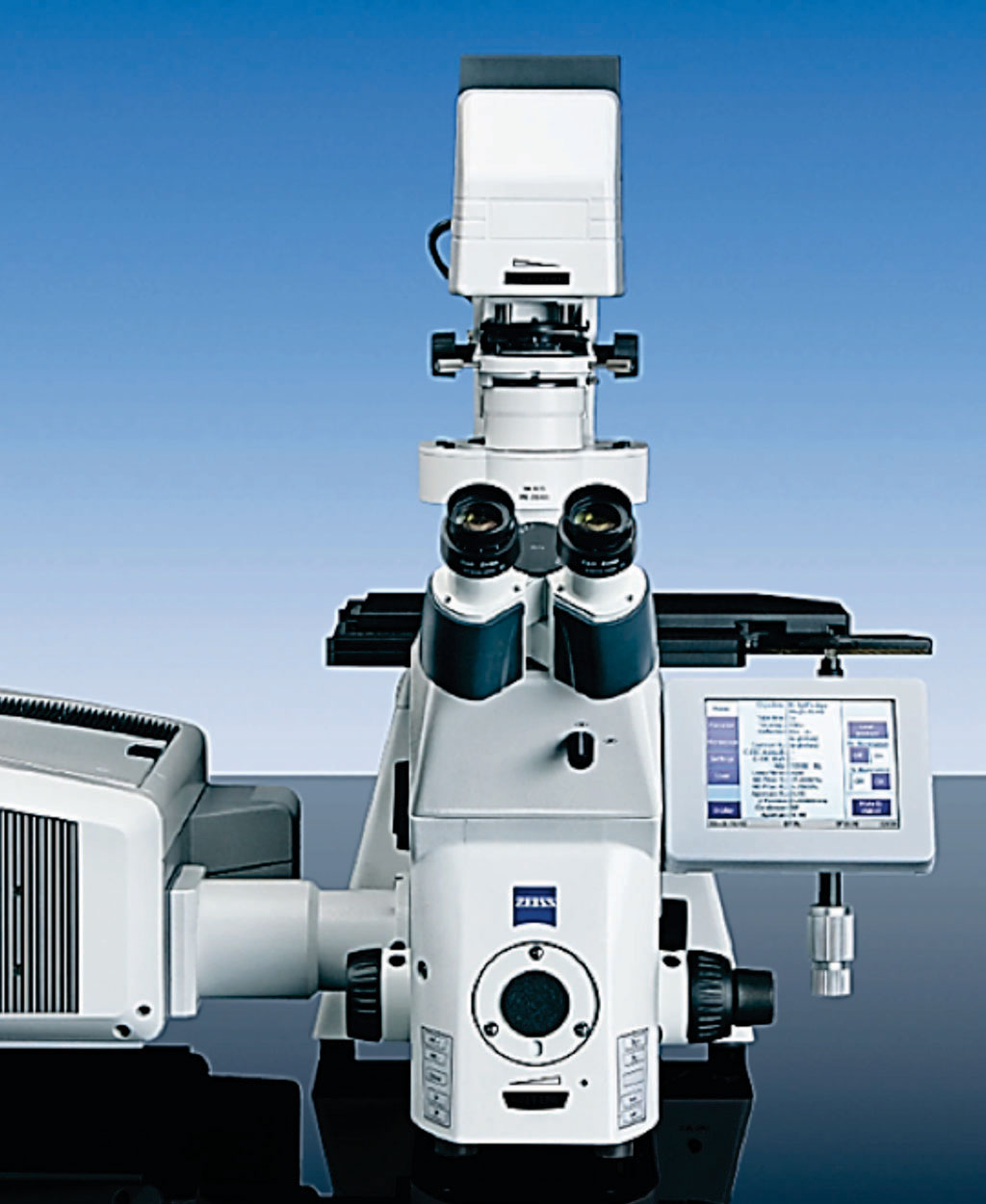Diagnostic Tool Designed for Familial Mediterranean Fever
By LabMedica International staff writers
Posted on 08 Dec 2016
A tool has been developed to diagnose Familial Mediterranean Fever (FMF) which is particularly common among populations originating from around Mediterranean Sea and this genetic disease is characterized by inflammation, fever and severe pain.Posted on 08 Dec 2016
FMF is usually diagnosed during childhood, after which a daily, lifelong treatment is necessary. However, accurate diagnosis is complicated by a number of factors: other auto-inflammatory diseases show similar symptoms, the clinical picture is often incomplete in young children, atypical signs may occur, and a suggestive family history is sometimes lacking. Wrong or late diagnosis often even leads to unnecessary surgery and, ultimately, kidney failure.

Image: The LSM 780 laser scanning confocal microscope (Photo courtesy of Zeiss).
A large group of scientists led by those at the Inflammation Research Center, VIB, Zwijnaarde, Belgium) developed an alternative for today's inadequate diagnosis, efficiently segregating FMF patients from people suffering from other auto-inflammatory diseases and healthy individuals. The tool detects changes in the body's immune reaction to pyrin, a protein that is usually mutated in FMF. Following successful tests on mice, the tool has been validated in 13 patients in collaboration with physicians from Belgium and Italy.
The team used many different techniques during the study that included identification of FMF disease gene variants using genomic DNA, Transfection, Immunoprecipitation, the eluted samples were analyzed by SDS/PAGE, Western Blotting, Cytokine Analysis, Microarray Data Analysis, and Confocal Microscopy that was performed on a Zeiss LSM 780 confocal microscope (Zeiss, Jena, Germany) equipped with a Ti:Sa laser (Mai Tai DeepSee multiphoton laser; Spectra-Physics, Santa Clara, CA, USA), an Ar laser, and two diode lasers (561 nm and 633 nm).
The scientists established Clostridium difficile and its enterotoxin A (TcdA) as Pyrin-activating agents and show that wild-type and FMF Pyrin are differentially controlled by microtubules. Diverse microtubule assembly inhibitors prevented Pyrin-mediated caspase-1 activation and secretion of IL-1β and IL-18 from mouse macrophages and human peripheral blood mononuclear cells (PBMCs). Remarkably, Pyrin inflammasome activation persisted upon microtubule disassembly in PBMCs of FMF patients but not in cells of patients afflicted with other auto-inflammatory diseases. The team further demonstrated that microtubules control Pyrin activation downstream of Pyrin dephosphorylation and those FMF mutations enable microtubule-independent assembly of apoptosis-associated speck-like protein containing a caspase recruitment domain (ASC) micrometer-sized perinuclear structures.
Mohamed Lamkanfi, PhD, a professor and a senior author of the study said, “As next steps, we are setting up clinical trials in Belgium for which we are actively seeking volunteers; both FMF patients and people suffering from related inflammatory disorders. We are also exploring possible collaborations with industrial partners in order to make our method available as a diagnostic kit.” The study was published on November 22, 2016, in the journal Proceedings of the National Academy of Sciences of the United States of America.
Related Links:
Inflammation Research Center
Zeiss
Spectra-Physics















